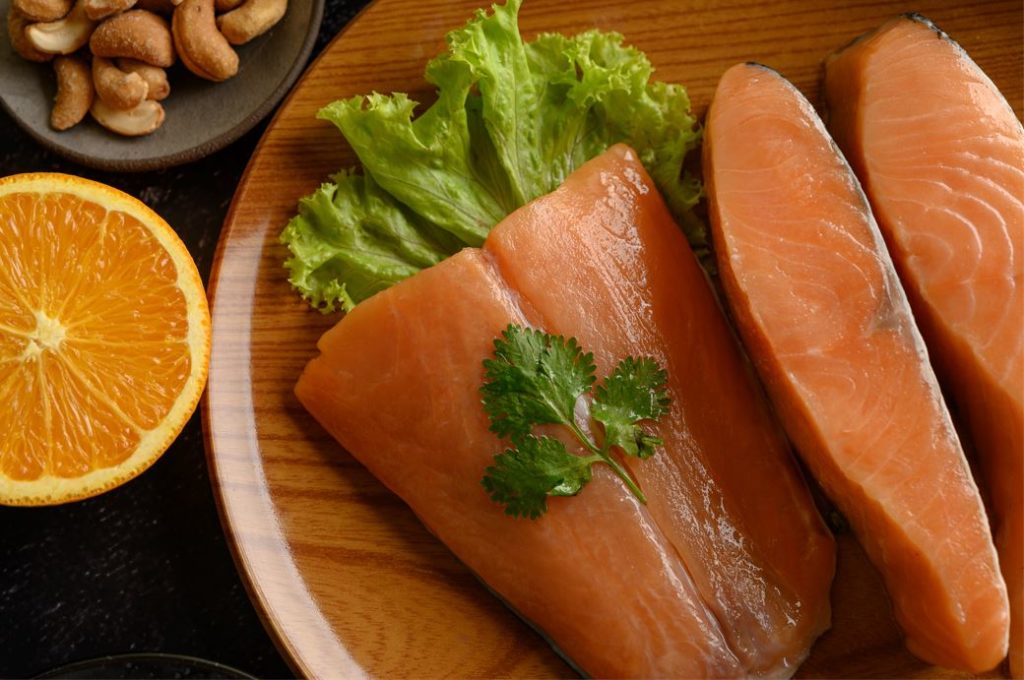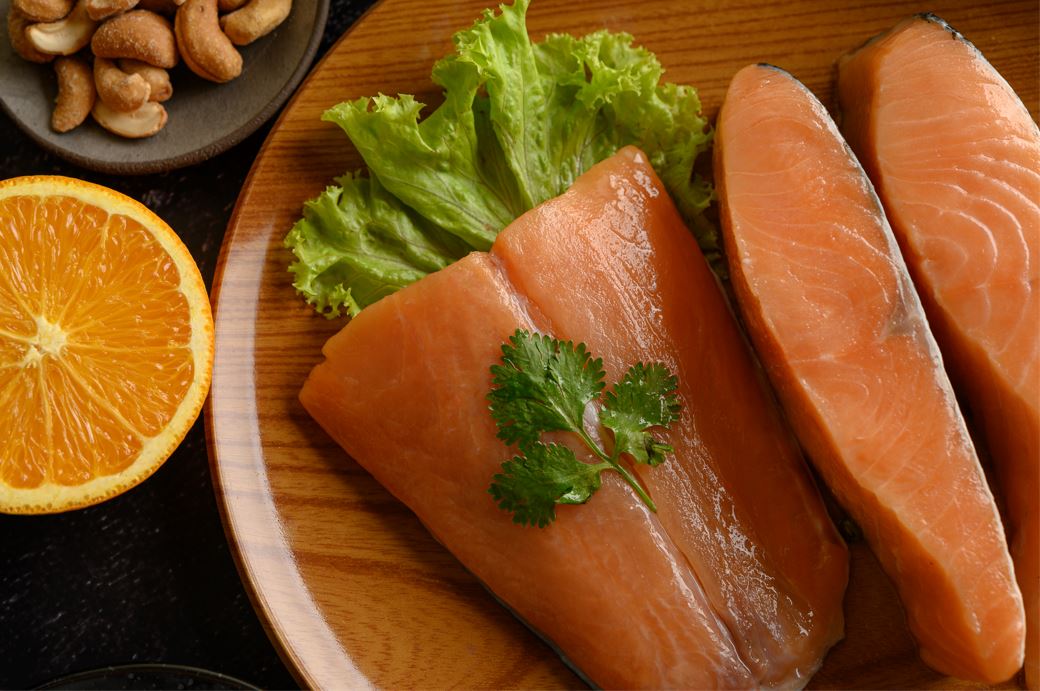
We all know fish is one of the best things we can eat. – it’s a protein Superfood! A concentrated protein source, good for cholesterol management and can provide a high, daily dose of Omega-3- fatty acids in just one serving. It is one of the foods that really can be eaten on virtually any dietary plan that includes animal consumption. But, what about the ocean pollution and mercury? This has deterred and worries many about this once reliable, healthful protein.
Today, 80 percent of the world’s marine populations are fully fished, over-exploited, depleted or recovering from depletion. With seafood growing in demand, it’s critical that sustainable fishing practices are followed if wild-caught seafood is going to be available in the future and if farmed seafood is going to be able to supplement wild fish supplies.
But is this farmed seafood healthy for us?
According to Seafood Watch, an eco-certification program that sets aquiculture standards and certifies fisheries in association with the Global Seafood Standards Initiative, GSSI – there is hope for healthier fish raised in a farm setting.
To view Seafood Watch rankings and recommendations see the link below. They do always recommend a minimum of a “Good” standard or better for a healthful selection.
https://www.seafoodwatch.org/seafood-recommendations/eco-certification
https://fishchoice.com/seafood-collaborator/global-sustainable-seafood-initiative-gssi
So, what do they feed all those little fish on those farms? These eco-certification programs are striving to adhere to standards set by the FDA, EU or equivalent. Some major criteria now include:
- Feed systems must deliver diets that are nutritionally complete for the species cultured.
- The use of probiotics to support animal health is permitted.
- Non-Adulteration Feed must not be adulterated.
- Prohibited Ingredients: Antibiotics, parasiticides and hormones.
- Slaughterhouse products from avian or mammalian species are prohibited in the feed.
Wild caught seafood standards must also have certification programs for sustainability. The Marine Stewardship Council, the MSC, is the world’s leader. They use a multi-stakeholder, international approach to provide incentives for fisheries to address key issues such as bycatch and overfishing. Any fishery large or small seeking certification is assessed as to its sustainability. Three major criteria are used by the MSC;
- Sustainable Fish Stock – maintaining fish populations at healthy levels
- The ecosystem is intact and minimizing environmental impact
- The management system is effective and can adapt to changing environmental circumstances.
https://www.msc.org/what-you-can-do/eat-sustainable-seafood/fish-to-eat
Mercury is an issue in wild caught seafood. The larger and longer-living species are more prone to mercury accumulation. Most farmed fish are much lower in mercury. The U.S. food and Drug Administration provides guidelines regarding mercury in seafood. These are especially important for pregnant women and young children. It is important to adhere to guidelines for healthy consumption.
https://www1.nyc.gov/assets/doh/downloads/pdf/edp/mercury_brochure.pdf
Global seafood chains, the suppliers, are becoming more involved with these initiatives that enhance sustainability and ensure availability. Very notably is Whole Foods market. – Yes! They have embraced these standards and even established some of their own, rigorous criteria. The description of their companies’ practices is an informative encapsulation of what the eco- practices of any large chain suppliers should strive to give their consumer.
https://www.wholefoodsmarket.com/seafood-sustainability-faq
For a delicious sustainable, seafood menu guide:
Top 10 Sustainable Fish Choices (thespruceeats.com)

